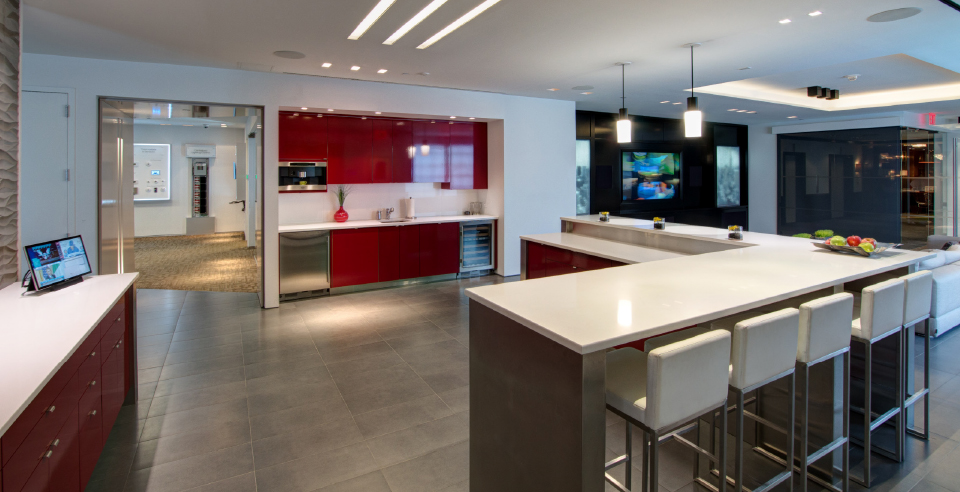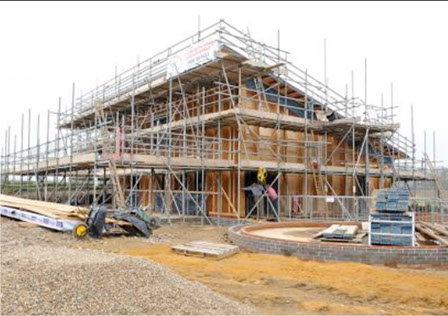
DESIGNING
Designing and installing an integrated electronic home demands expert product, systems and applications knowledge, along with specific project management and installation skills.
iSee-av are specialists in the integration of electronic systems into home and business environments. We partner directly with homeowners or collaborate with architects, interior designers, house builders, security experts, building services consultants and other specialists to maximize the lifestyle, function, aesthetic and entertainment benefits of the integrated home.
We members of CEDIA (Custom Electronic Design & Installation Association) and provide the highest standards of design, installation and project management, in the same way that you would only use an architect who was a member of the RIBA (Royal Institute of British Architects) or an interior designer who was a member of the BIDA (British Interior Design Association).


The Project Process
Once you’ve reached an agreement with the design and installation with iSee-av, you can establish the timelines and plan in the necessary tasks and activities to ensure all parties understand the installation process and its timing. Ideally this should be initiated at first fix stage in the case of a new build.
First step in this process is the pre-wiring to accommodate both the
equipment specified in the design and the equipment you may well
require in the future. It is always best to over-develop rather than under-estimate your wiring systems at this point. Pre-wiring is inexpensive and an extensive pre-wire is the best defence you have against your home electronics system becoming outdated in the future. This approach will also give you the flexibility to make changes and upgrades to your system years later with minimal cost and disruption; so you can, for example, convert the nursery into a second study at a later date without needing to completely re-wire the property.
A discreetly positioned data backbone or Low Voltage Head End (LVHE) contains a patch panel system allowing for complete flexibility in wiring selection. The infrastructure typically comprises CAT6e / fiber network cables to carry signals from controllers to devices and back again to operate all electronic equipment, the telephone systems and to provide the arteries for any home networking / PC applications. Video and speaker cables will help integrate all audio and visual equipment whilst additional cabling will run to control your lighting, security, HVAC and other sub-systems.
Part of your infrastructure may involve an element of wireless technology to complement the wired backbone. Wireless access points will connect to the LVHE, integrating these wireless systems to the home network and the web. With the electronic plumbing in place, other built-in systems should also be accommodated at this stage, such as the lighting control and security.
Once finishes have been applied to the walls and ceilings, final fixing can take place. This will cover the installation of any wall-mounted keypads and controllers, along with relevant electronic products, many of which are finished to complement the decor of the room in which they are installed.
When all products are in place the components are connected via
the wiring network, the automation systems are programmed and the equipment is checked for performance and stability.
With any new system the owners should be educated on correct
operation. Therefore, the final phase often involves training and
instruction in the features of the system and how the various functions operate. iSee-av can at this point provide you with user guides to cover the operation of your system.
Budgeting for your home electronics systems can be handled a number of ways. It could be included in the overall cost of the project, particularly if the build or refurbishment is being managed by an architect or interior designer. Home electronics systems can also be incorporated into the project as a separate costing structure, in which case you will need to negotiate an appropriate plan to release funds with iSee-av as the installation progresses.
Typically, such a payment plan could be divided into four stages, with 40% due on signing of the contract, a further 40% required before first fix wiring and product installation, 15% payment before the installation of stand-alone products and the remaining balance due on completion of the project to your satisfaction.
Fundamental in agreeing an effective payment plan is a precise definition of what you, the client, is actually buying and being as clear as possible about your lifestyle requirements and specifications.
